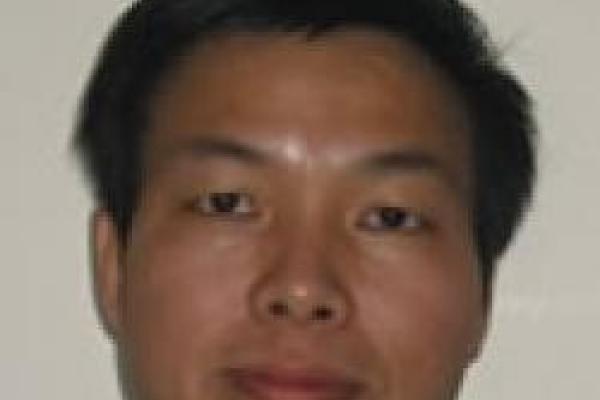
In the world major environmental and climate problems, it might be seen as a mystery that despite increasing CO2 levels, observed global surface temperature has strikingly stopped rising or even showed a declining trend since about a decade ago. Another not well-known mystery is that no clear trend in recovery of the Antarctic ozone hole has been detected, while the Montreal Protocol has led to the decline in atmospheric level of chlorofluorocarbons (CFCs, the major ozone depleting molecules) since the turn of this century. This talk will discuss the possible solutions to these two mysteries. It will be focused on the cosmic-ray-driven electron-induced-reaction (CRE) theory of halogenated molecules for the formation of the polar ozone hole [1, 2] and the greenhouse theory of halogenated molecules for recent global warming [2]. Recent in-depth analyses of comprehensive measured datasets and theoretical calculations have convincingly shown that both the CRE mechanism and the CFC-warming mechanism not only provide new fundamental understandings of the ozone hole and global climate change but have superior predictive capabilities, compared with the conventional models [3].
References
1. QB Lu & TE Madey, J. Chem. Phys. 111, 2861 (1999); Phys. Rev. Lett. 82, 4122 (1999). QB Lu & L Sanche, Phys. Rev. Lett. 87, 078501 (2001); Phys. Rev. B63, 153403 (2001). QB Lu, Phys. Rev. Lett. 102, 118501 (2009).
2. QB Lu, Physics Reports 487, 141 (2010); QB Lu, J. Cosmology 8, 1846 (2010).
3. QB Lu, Int. J. Mod. Phys. B27, 1350073(38 pages) (2013).
http://www.science.uwaterloo.ca/~qblu/qblu_website/Welcome.html
